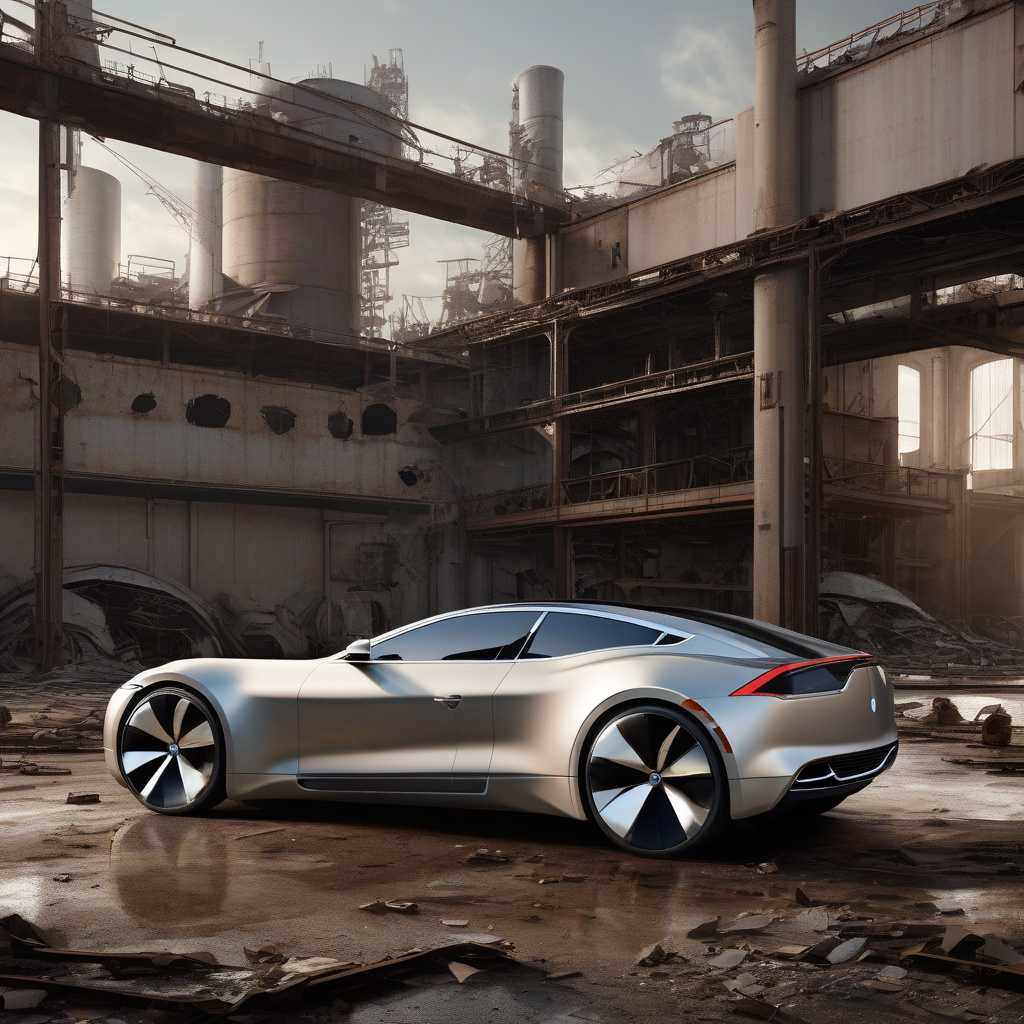The rise and fall of electric vehicle (EV) startup Fisker is a cautionary tale in the realm of automotive innovation. Despite initial promise and excitement surrounding its sleek designs and eco-friendly ethos, the company’s journey took a sharp turn towards bankruptcy. Let’s delve into a comprehensive timeline of the events that ultimately led to Fisker’s downfall.
2007: Fisker Automotive is Founded
Founded by Henrik Fisker and Bernhard Koehler, Fisker Automotive set out to revolutionize the automotive industry with luxurious, environmentally conscious electric vehicles. Their first model, the Fisker Karma, garnered significant attention for its striking design and sustainable powertrain.
2011: Production Hurdles and Quality Issues
As Fisker prepared to ramp up production of the Karma, the company faced numerous challenges. Delays in manufacturing, coupled with quality control issues and recalls, tarnished the brand’s reputation and eroded consumer confidence.
2012: Financial Woes and DOE Loan
Fisker’s financial troubles deepened as the company struggled to secure additional funding. Despite receiving a $529 million loan from the U.S. Department of Energy, Fisker faced cash flow problems, supplier disputes, and production setbacks that hampered its ability to deliver vehicles to customers.
2013: Bankruptcy Filing
In March 2013, Fisker Automotive filed for Chapter 11 bankruptcy protection, marking the end of its ambitious yet troubled journey. The company’s assets were eventually sold to Chinese auto parts conglomerate Wanxiang Group, which later relaunched Fisker as Karma Automotive.
Legacy and Lessons Learned
The fall of Fisker serves as a stark reminder of the challenges inherent in the automotive industry, particularly for startups seeking to disrupt the status quo. Issues with financing, production, and quality control can quickly unravel even the most promising ventures, highlighting the importance of sustainable business practices and prudent decision-making.
In conclusion, the demise of Fisker serves as a cautionary tale for aspiring EV manufacturers and entrepreneurs alike. While the allure of innovation and sustainability is strong, navigating the complex landscape of the automotive industry requires more than just vision—it demands resilience, adaptability, and a keen understanding of the market dynamics at play. As the EV sector continues to evolve, the lessons learned from Fisker’s rise and fall can serve as valuable insights for future players in the quest for a greener, more sustainable automotive future.

